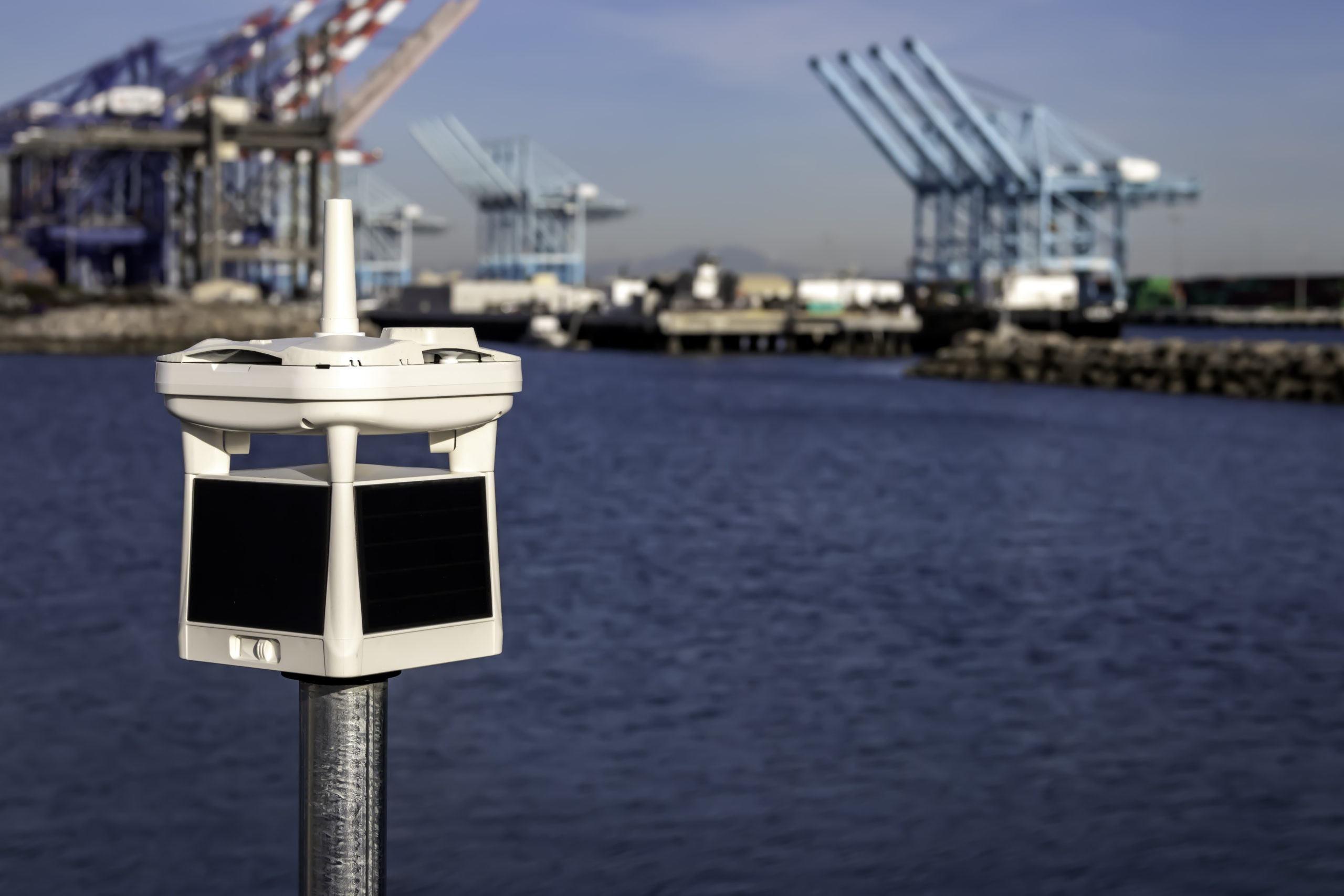For every kind of weather station on the market today, there are different siting and installation guidelines. Intellisense Systems has collected every recommendation into one handy guide for mounting your all-in-one weather station.

For nearly every environmental sensing solution on the market today, two factors can heavily influence the accuracy of the data gathered: its height and its surrounding environment. A sensor’s proximity to the ground, as well as to nearby objects like trees, boulders, and buildings, can greatly affect the accuracy of its readings. Because of the diversity of weather sensing systems and stations around the world, there is no single set of guidelines governing where and how weather sensing systems should be installed. These guidelines may differ depending on the number of attachments, accessories, or systems involved.
In general, meteorologists and instrument manufacturers recommend mounting stations at least 6 feet off the ground and at least 30 feet away from nearby obstacles. These recommendations, however, can change depending on the type of weather station and instrumentation employed. For instance, researchers have found that proximity to surfaces that absorb and retain heat, such as asphalt and concrete, can significantly alter temperature readings. This limits the number and accuracy of potential installation sites in urban areas. Other instruments, including traditional cup anemometers, should be mounted at least 30 feet above the ground for the most accurate wind speed readings.
These guidelines pose a challenge for all-in-one weather stations like the Micro Weather Station (MWS®). All-in-one remote weather stations combine multiple environmental sensors into a single compact, self-powered, wireless package. How do these devices accommodate the many different recommendations for the multitude of sensors onboard?
With the MWS, the engineers at Intellisense Systems address these siting limitations to ensure the most accurate environmental data is collected and reported. This guide delivers a complete overview for siting and mounting an all-in-one remote weather station like the MWS. It examines special recommendations for five environmental parameters and how the MWS meets those recommendations with its all-in-one design. These five parameters are:
- Temperature
- Precipitation
- Humidity
- Visibility
- Wind Speed and Wind Direction
Download the free full guide today!
